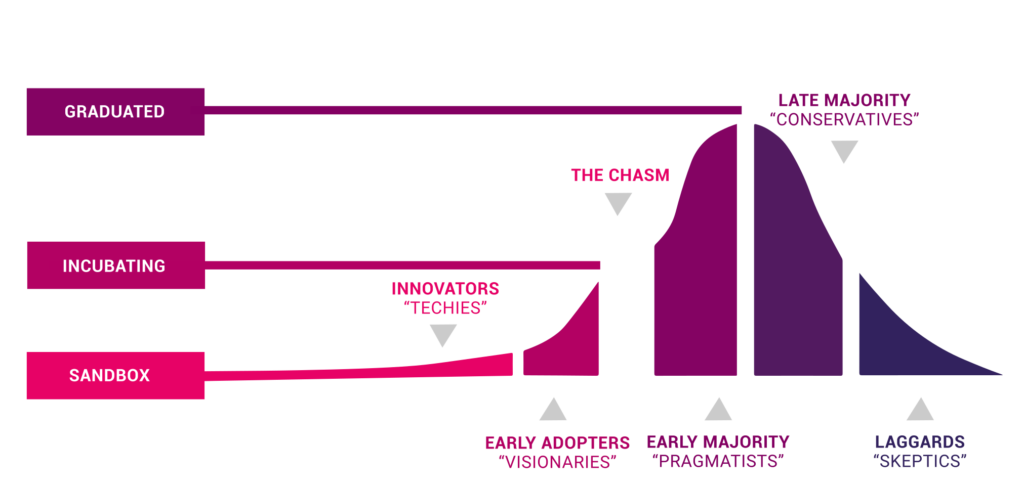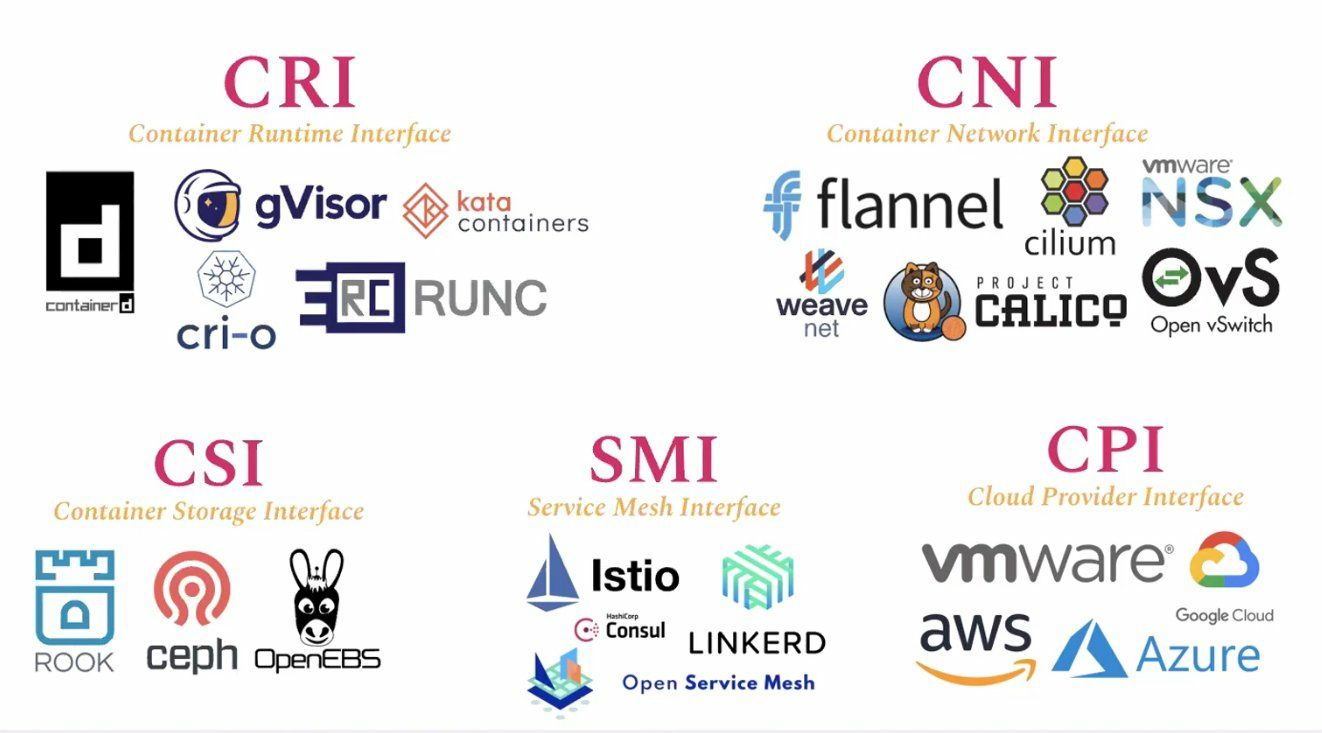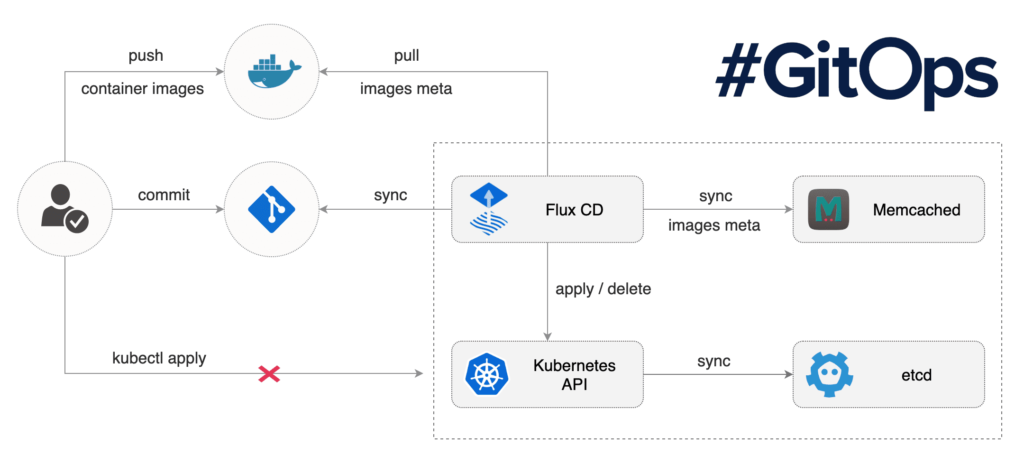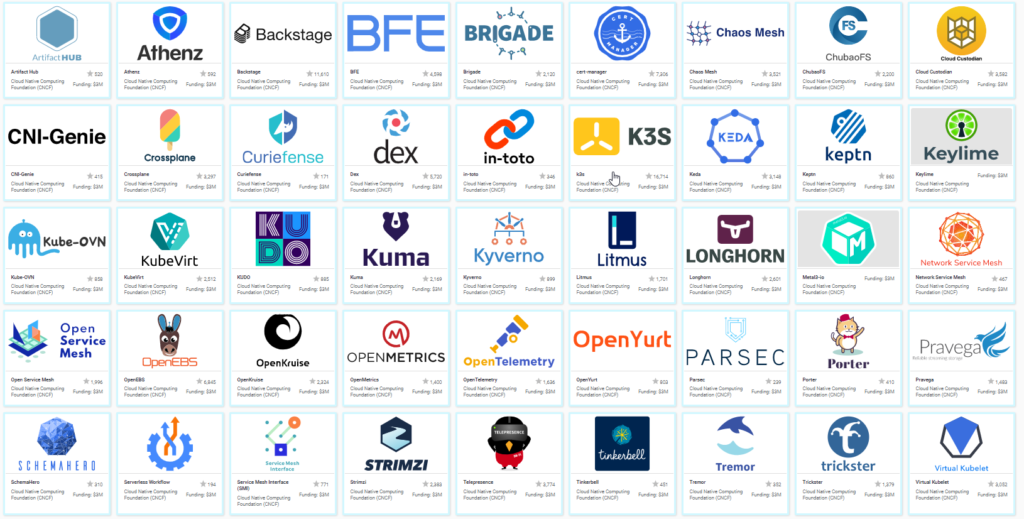CNCF has recently wrapped up a virtual conference (KubeCon + CloudNativeCon Europe 2021) with 50+ sessions by engineering experts in Cloud-native technologies. Though this article summarizes key takeaways from the KubeCon Europe virtual conference (May 4-7), it is highly recommended to watch recorded sessions by clicking here. You can also access slides by clicking here.
The first and foremost part is to ensure we understand the definition of Cloud-native by CNCF:
Cloud-native technologies empower organizations to build and run scalable applications in modern, dynamic environments such as public, private, and hybrid clouds. Containers, service meshes, microservices, immutable infrastructure, and declarative APIs exemplify this approach.
(source: cncf.io)
Since CNCF’s inception in 2015 by The Linux Foundation (a non-profit organization), its focus is to accelerate the adoption of cloud-native technologies. Additionally, with founding members as Google, CoreOS, Mesosphere, Red Hat, Twitter, Huawei, Intel, Cisco, IBM, Docker, Univa, and VMware, it is now supported by 450+ members.
Kubernetes is one of the most recognized projects as part of CNCF, which was contributed to the Linux Foundation by Google as a seed technology. CNCF hosts KubeCon technology conferences, which have become a keystone event for technical users and the community.
Key takeaways from KubeCon have been summarized below:
#1 – Rise of Cloud Native along with Community Support
- CNCF has helped establish an ecosystem for cloud native technologies and any contributions as part of the community is welcome. An example is a well-established process for a project’s maturity level:

- CNCF provides a non-opinionated view with cloud-native ecosystem and supports innovation by vendors, extensibility for end-users, and interoperability for the community.
- Usage of cloud-native technologies during pandemic has increased. Few statistics:
#2 – Emergence of Open Standards and Specifications
- CNCF’s focus is on establishing standardization and democratization of cloud-native technologies. Starting with container globalization with Docker, they have been playing an enabler role in establishing various standards such as Open Container Initiative (OCI) – industry standards around container formats and runtimes.
- Focus on Standards and interfaces while Kubernetes is becoming a de facto standards are:
- Focus on Observability Stack – on simplifying instrumentation, lowering the data aggregation costs, and standardizing formats. Additionally, support for frameworks to ensure visibility across the stack for Metrics, Events, Logs, and Traces.
- Open Metrics – specifies the de-facto standard for transmitting cloud-native metrics at scale
- Open Telemetry (combined Open Tracing & Open Census) – vendor-neutral APIs and instrumentation for distributed tracing
- Focus on Application Deployment Technologies – simplify the application deployment on any platform while enriching the developer experience using tools like Kubevela and Crossplane
- Below is Specifications’ implementations related to Cloud native and Kubernetes technologies shared during the event:

#3 – Focus on Data, AI, and ML with Cloud Native
- Rise of Cloud Native technology like Kubeflow supporting deployment of Machine Learning (ML) workflows on Kubernetes simple, portable and scalable.
- Companies such as Shell using Cloud-native technology to make their trading models 30% faster.
- Booking.com using Kubernetes for ML Pipelines and got mentioned because of their overall innovation using cloud-native technologies in data science. Check Booking.ai for their blogs on Data Science & Machine Learning.
- Click here to see an example of building dynamic machine learning pipelines with KubeDirector.
#4 – Growth in Innovation & Vendor Neutral Technologies
- Numerous examples shared where Cloud-native technologies enabling small, medium, and large enterprises to build the culture of innovation and use vendor-neutral technologies (aligned to CNCF vision of democratization and standardization of cloud-native technology landscape).
- Key examples shared like Flux, which provides a complete continuous delivery platform on top of Kubernetes supporting common practices and tools such as Kustomize, Helm, metrics with Prometheus, etc.
- For example – Apple (supports CNCF as a platinum member) uses and contributes to several CNCF projects such as Kubernetes, gRPC, Prometheus, Envoy Proxy, Vitess, and so on.
- HP, GMX, CERN, Fidelity Investments, Spotify, Verizon Media, Peloton, and many more companies shared examples of the applicability of cloud-native technologies. This indicates the span of cloud-native technologies across diverse industry sectors.
- Spotify won the Top End User Award announced in Kubecon.

- Click here to access interactive landscape of CNCF landscape:
#5 – 2021 Trends for Cloud Native
- Justin Cormack (CTO, Docker) provided an overview of all the CNCF Sandbox projects categorized as Operators, Streaming, CI/CD, Observability, Provisioning, and so on (see diagram below)
CNCF highlighted in 2020 that Chaos engineering, Kubernetes for the edge, Service mesh, Web assembly and eBPF, and Developer & Operator Experience are five key technologies to watch for in 2021. - Contribution to the above areas in terms of a number of projects in incubating, sandbox, and graduated have been highlighted.

In conclusion, the CNCF community is making a valuable contribution to make sure Cloud-native technologies are accessible, vendor-neutral, standardized, and interoperable. It is essential for software architects to evaluate the cloud native technology landscape continuously and apply them judiciously.
Disclaimer:
All data and information provided on this site are for informational purposes only. This site makes no representations as to accuracy, completeness, correctness, suitability, or validity of any information on this site and will not be liable for any errors, omissions, or delays in this information or any losses, injuries, or damages arising from its display or use. All information is provided on an as-is basis. This is a personal weblog presented by the author and all images used are from Redis Labs. The opinions expressed here represent my own and not those of my employer or any other organization.


